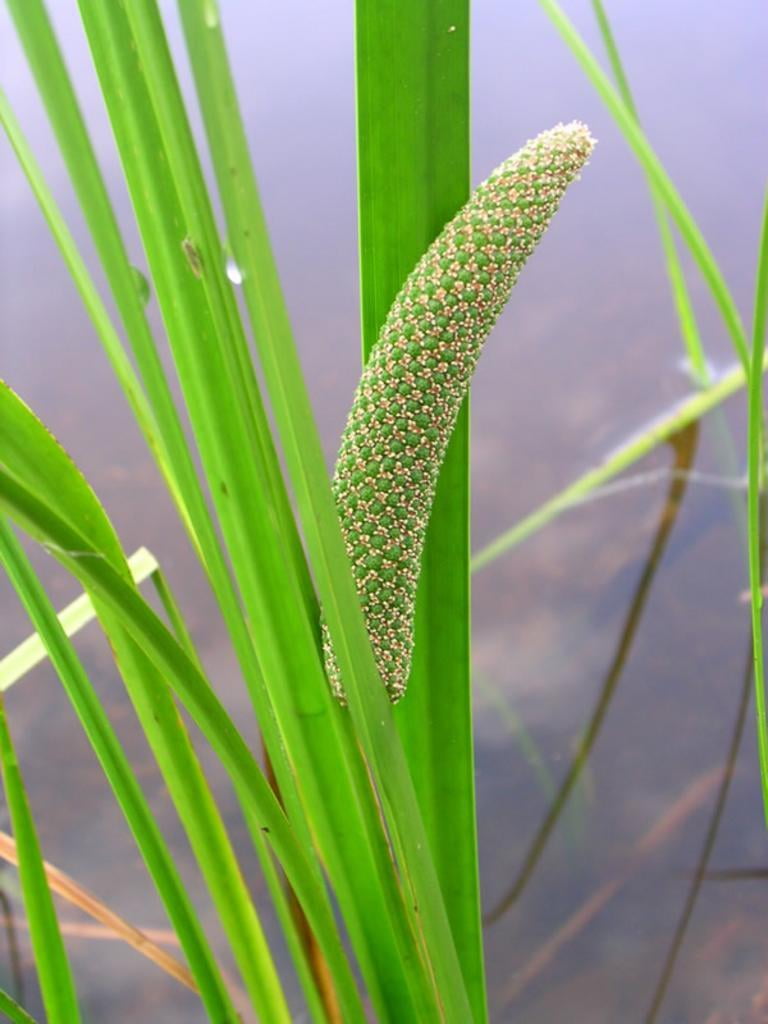Acorus americanus
Sweet flag Description:
Acorus americanus, commonly known as sweetflag or calamus, is a wetland plant species that is native to North America. It is a member of the Acoraceae family and is closely related to the species Acorus calamus, which is commonly referred to as sweetflag or sweet rush.
Sweetflag is a highly fragrant, grass-like perennial that grows in marshy or wet soils. It has sword-shaped leaves that are about 2-6 feet long and about 1 inch wide. The leaves are bright green and have a glossy appearance. The plant produces spikes of small, inconspicuous flowers that are greenish-yellow in color.
Sweetflag is often used as an ornamental plant due to its fragrant leaves and attractive foliage. It is also used in traditional medicine for its medicinal properties, including its ability to treat digestive problems and headaches. In addition, sweetflag has been used as an herbal remedy to promote calmness and to treat skin and respiratory conditions.
Overall, Acorus americanus is a versatile and attractive plant that is well-suited for wetland gardens, along streams and ponds, and in other moist environments.
Native Range:
Sweet flag is one of Minnesota's native species, however, this great perennial plant is also native to many of the northern most states in the continental United States, from Washington to Maine.
Standard Plant Information:
Plant Height: 2' - 6'
Bloom Time: June - July
Preferred Habitat: Found in ponds, lakes, and marshes with full sun, silty soil, in still water up to 20 inches deep.
Stratification Code: C60
Sowing:
For most homeowners, the best option is to scatter seed on the ground by hand broadcasting at a minimum of 16-64 pls ounces per acre. For even coverage, we recommend that you broadcast seed in perpendicular rows across the site to ensure even coverage.
You’ll want to broadcast any grass seed first, which will get raked into the soil lightly. Next, it is ideal to mulch the area lightly with either a clean (no seed) straw or preferably with our native Little Bluestem straw, sold at our retail garden centers. After a light mulching is complete, now it’s time to broadcast your native wildflower seeds, which should not be raked into the soil. A good rain or watering is sufficient to cover the seed.
Planting:
Simply dig a hole in the soil slightly larger than the plant’s roots. Ensure that the soil line of the plant is maintained during the transfer (i.e. the plant should be at the same level with the ground as it was in the pot). Pack any loose dirt back around the plant and make sure you water it well the same day to ensure it has the best chance of survival.








